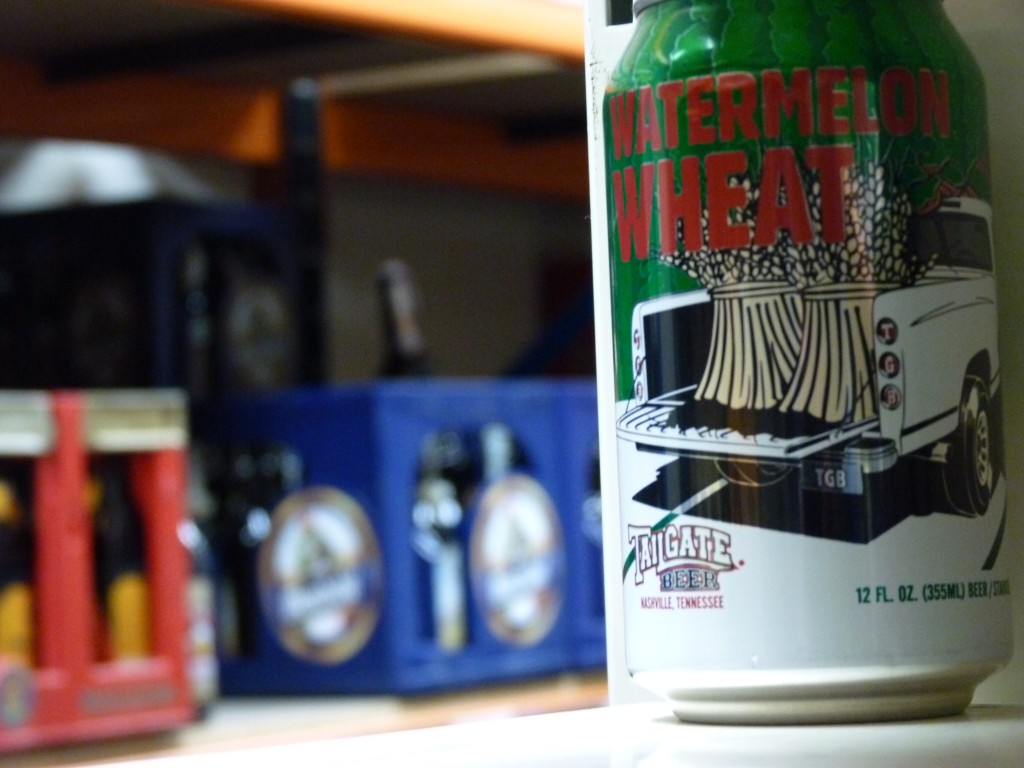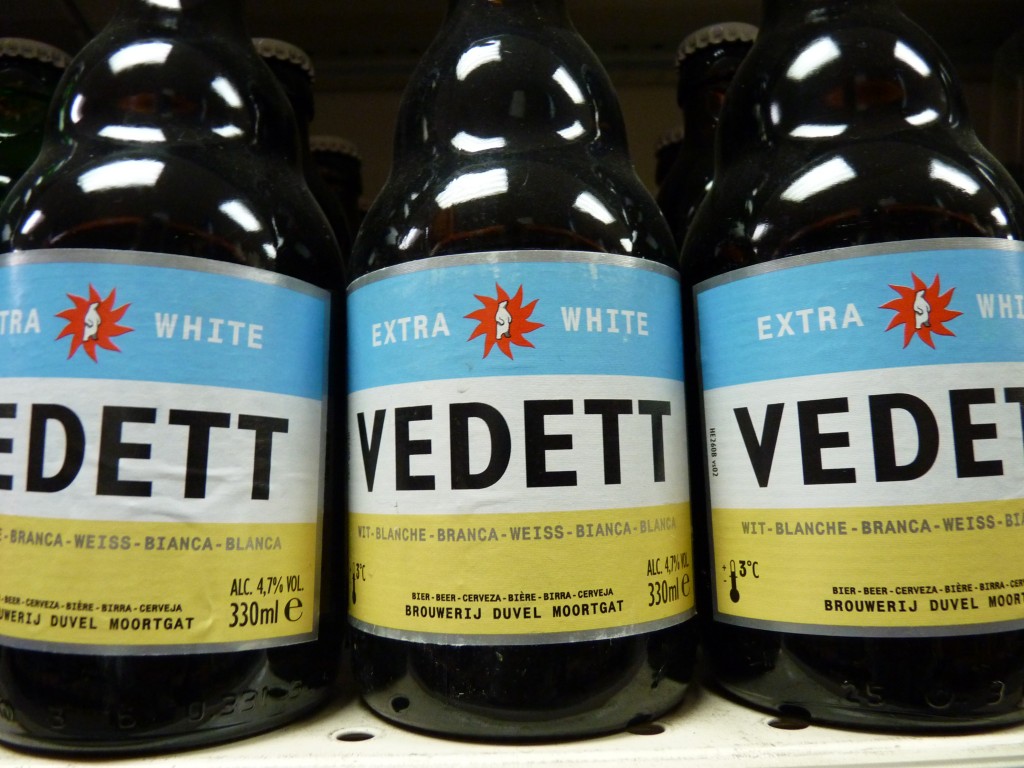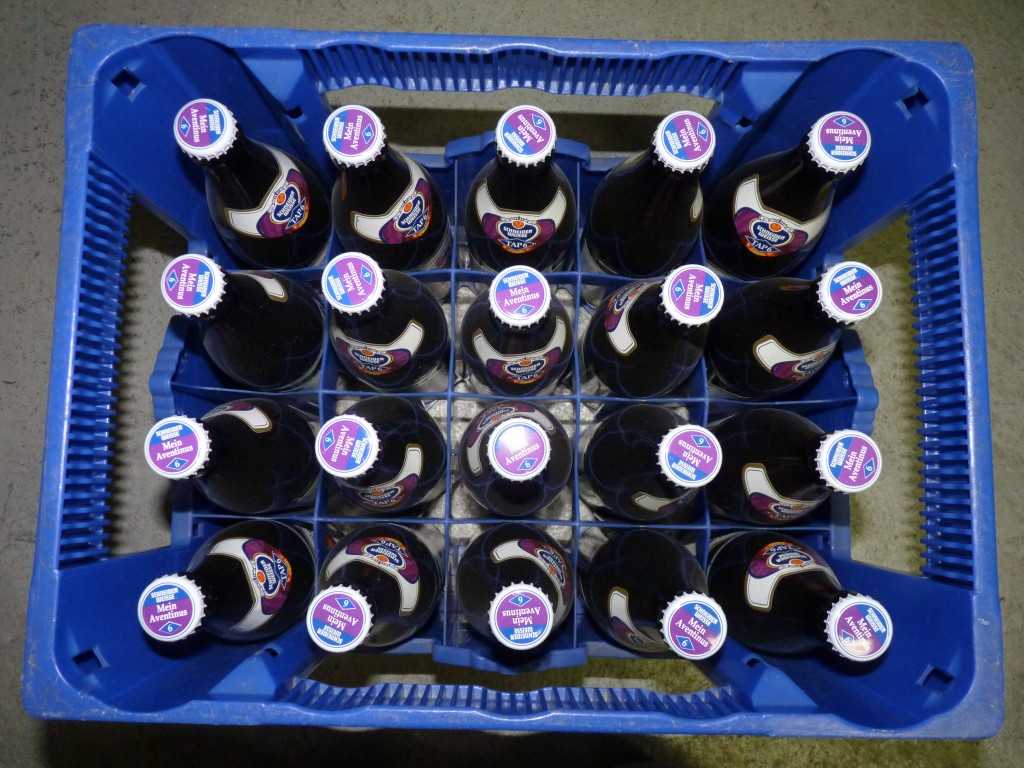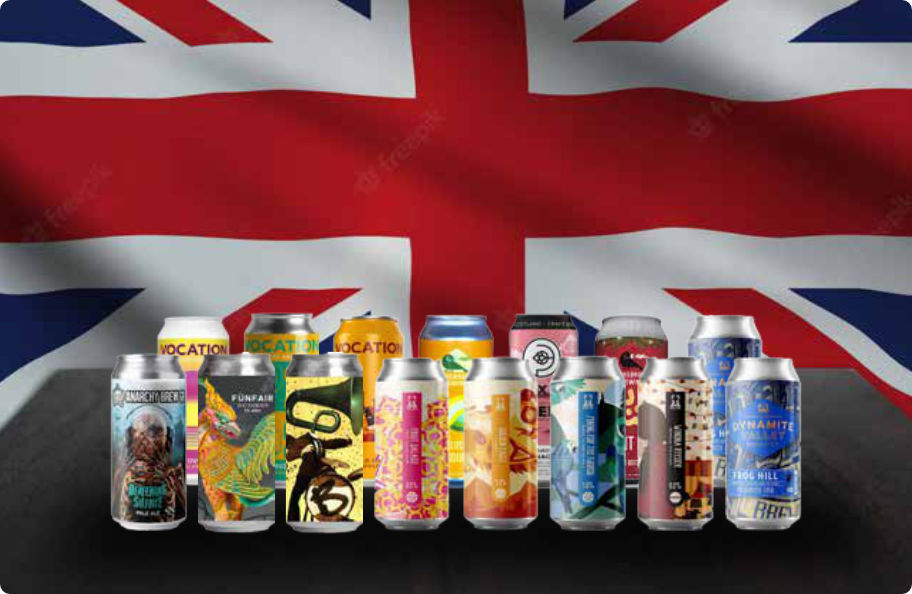Guides and Facts
What is a Wheat Beer? | Encyclobeeria Part 6
Origianlly Posted on Jan 27, 2017
Wheat Beer Classification
Welcome to Beers of Europe’s Beer Classification Guide. In this series we walk you through different beer styles, opening your eyes to the origins of the type and how it has developed over the course of its history. For the home brewers amongst you, we include the brewing specifications for the style and food pairings, as well as what makes it different from others. Finally, we give you the best examples of the type that you can buy straight from our website. The previous entry tackled the classic Stout and Porter, focusing on the similarities and differences between them and whether they are in fact just the same thing? Moving on, today we take a look at the wheat beer, traditionally a beer style and the things you should know, want to know and even the things you didn’t need to know.

Origins and History
Arguably, the origins of wheat beer lay thousands of years ago, where ancient civilisations devised brewing methods of producing beer with the most commonly found crop around. Ignoring this speculation, the majority of wheat beer’s history occurred in Germany, so that is where we will begin. The style found its popularity increasing in the middle ages
By the coming of the 16th century, cropfailures had led to a worrying shortage of wheat, provoking the Munich City Council to act. The wheat was needed to make bread rather than beer and so the Reinheitsgebot, or German Purity Law, was introduced to Munich and then the whole of Bavaria by 1516. This limited brewers to only using barley, water and hops in order to brew their beer, with yeast added later on once its advantages were discovered. If you want to read more about the Purity Laws, you can do so here.
This may well have been the end of the style; however as luck would have it wheat beer was a favourite of the Dukes of Wittelsbach, who ruled Bavaria at the time. Four years later in 1520, they exclusively granted a small brewery in the village of Schwarzach, near the Czech border to brew and sell this on behalf of the Dukes. The Degenbergs ran the brewery under the privilege, paying the Wittelsbachs a hefty fee to do so
By the late 18th century, wheat beer had fallen out of favour with the German people who were enjoying their dark lagers at the time. The Wittelbachs decided it wasn’t worth holding on to the rights anymore and decided to make it legal for any brewer or monastery to brew the style. The Dukes own breweries were in decline and they sold out in 1856 to George Schneider I who stuck by the style through its dark times and began a brewery we know today as Schneider Weisse, which is still in the family today.
Specification
Now then, you have a good knowledge of the history of the wheat beer, but what good is that if you’re not actually sure what a wheat beer actually is and what makes it different from other styles? Well you’ve made it this far, you may as well learn the rest, hey?

Wheat beer falls on the ale side of the fence rather than lager, and the main variety is a hefeweizen. This is an unfiltered wheat beer with the yeast in the beverage, creating a cloudy affect. Made up predominantly of wheat and barley, they tend to be a very crisp refreshing drink. There are other varieties of wheat beer such as the kristall – without the yeast in the beer, the weizenbock a wheat bock and the dunkleweisse a dark wheat beer made from darker malts. Of course it isn’t just Germany that makes wheat beers, the Belgians make the wit, again meaning white and the rest of the world continue to offer their take on the style. For the home brewers amongst you, here is the brewing specification.
| Comparing Wheat Beer Styles | German Hefeweizen | Belgian Wit | American Wheat |
| ABV | 5-6% | 4.5-6% | 3.5-5.5% |
| IBU | 10-15 IBU | 10-20 IBU | 10-35 IBU |
| Colour | Straw- Amber | Straw- Pale | Pale-Light Amber |
| Hops | German Noble | German Noble | Centennial, Willamette |
| Malts | Pilsner, Malted Wheat and Barley | Pilsner, flaked wheat, unmalted wheat and barley | American Two Row, Malted Wheat |
| Tasting notes | Hop aroma and bitterness low. Malt sweetness with banana and clove flavours. High carbonation with short finish. Alcohol detectable. | Hop and Malt aroma and flavours very low to allow Phenols and Esters to blossom. Spices, citrus evident with high carbonation and medium finish | Hoppier than its cousins with a grain texture. Hazy clarity with a hop aroma. Medium to high carbonation. |
| Glass | Weizen glass | Tulip, Pokal | Flute,Pokal |
| Serving Temperature | 5-7⁰C | 5-7⁰C | 5-7⁰C |
| Food Pairings | Seafood and lighter dishes | Mascarpone, Panna Cotta | Salads, Seafood |
Recommendations
Next, we will give you a push in the right direction if you’re interested by any of the varieties listed above. Below is a helpful list showcasing just what we have to offer in terms of the German hefeweizen, Belgian wit, American wheat and we also include a British entry for good measure. By all means we have plenty more examples of all on the website, this is just a guide to what is popular.
Schneider Weisse Tap 7 Unser Original
Picking just one German wheat beer is difficult to do, but we will go with the brewery responsible for the revival of the style. Each and every one of their beers is a variant of wheat beer but the original is what they are best known for. Brewed to 5.4%, Tap 7 uses Magnum, Hallertauer and Tradition hops with wheat and barley malts to create their flagship beer. Amber in colour with a long lasting head, a clove aroma and a full bodied wheat taste. Can be paired well with meat dishes or is just perfect on its own.

Hoegaarden Blanche
Hoegaarden Blanche is a good example of a Belgian wit beer and is the oldest beer in the Hoegaarden range. Naturally cloudy, this is a pale wheat beer to be served in a Hoegaarden fluted glass, however a tulip glass will also do the job. This has a floral aroma, with a uniquely smooth taste of spiced citrus with a sweet and sour finish. It has a light bodied texture, and is not too overpowering at 4.9%.
Anchor Summer Wheat Can
Anchor does not have the centuries of brewing tradition that the European countries do. But Anchor have already earned a reputation for brewing excellent beers, and their Summer Wheat is no exception. First brewed in 1984, this has a 4.5% ABV and falls under the American Wheat Style category. Using Two-Row Pale and Malted Wheat malts balanced by Cascade and Golding hops, Anchor have produced a light beer with a refreshing taste. Created for summer, but enjoyed all year round.
Samuel Smiths Organic Wheat Beer
The United Kingdom’s entry on this list comes from Yorkshire legends Samuel Smiths. They have produced a 5% wheat beer that should be served at 7⁰C in a weizen glass. It has a hazy, gold appearance with subdued malt and hops to allow the fruit esters and developing citrus and banana flavours to be at the forefront of the beer. Suitable for vegans, thirst quenching and a true elixir, what more can you ask for?
Conclusion
In and out of favour, the wheat beer is a continental classic that refuses to wither away. A resurgence in the style from the UK and across the pond in America has offered fresh competition to the traditional German and Belgian variations. It has flirted with royalty, out manoeuvred the Purity Law and has adapted across the globe to stay relevant. Expect it to be no different over the coming years, showing why it has always been an important beer style and why it always will be.
Article by Matthew Keeley-Smith




